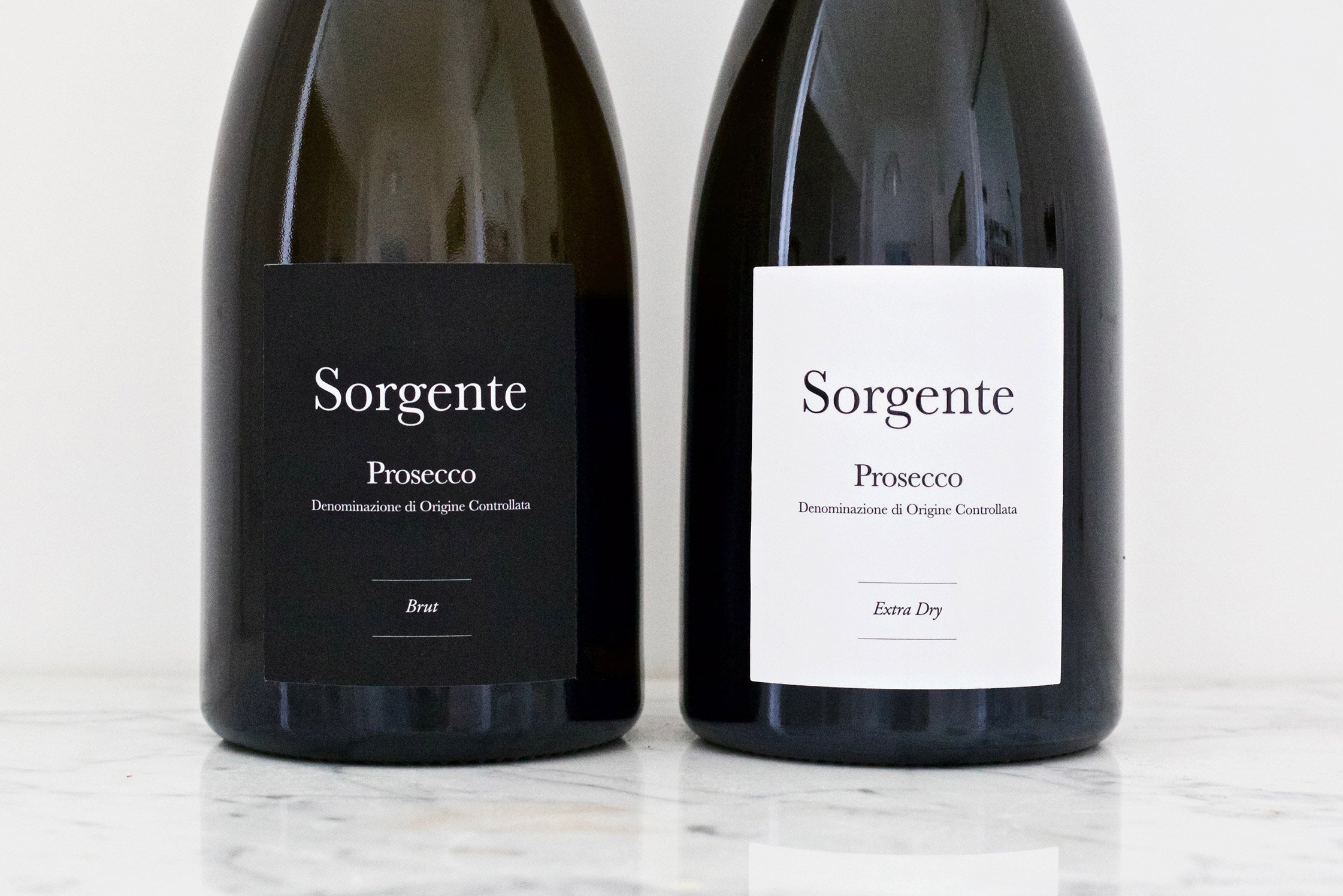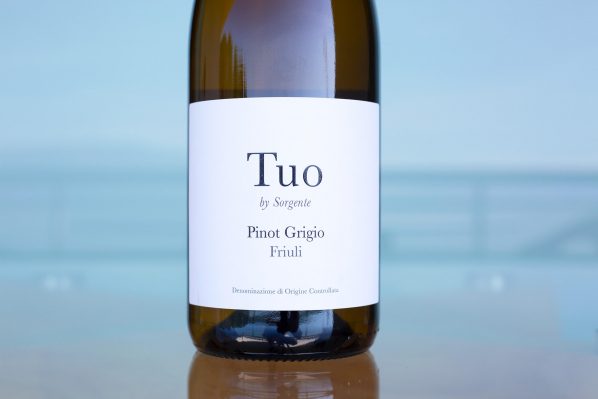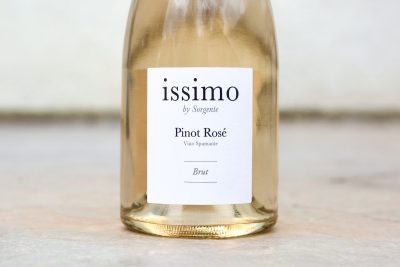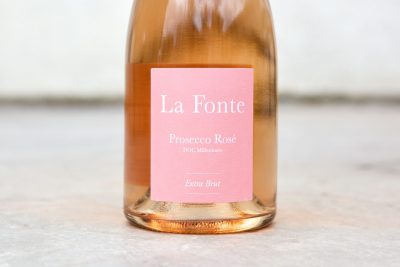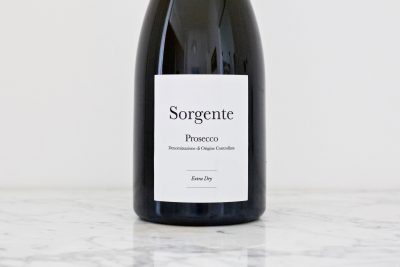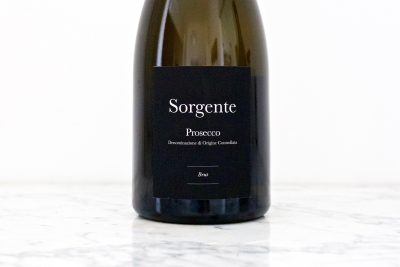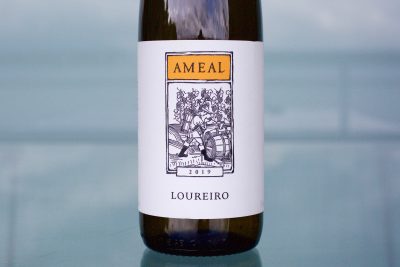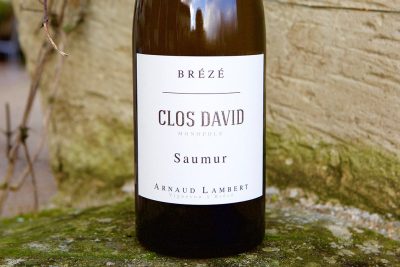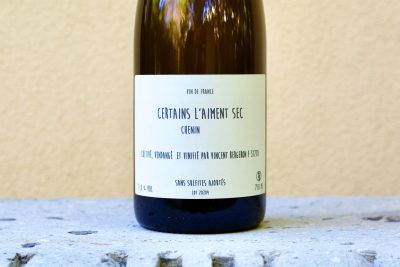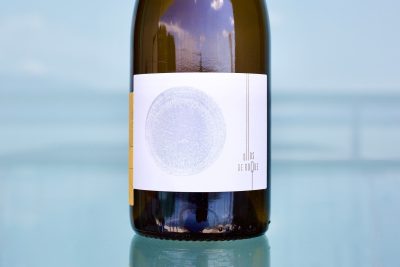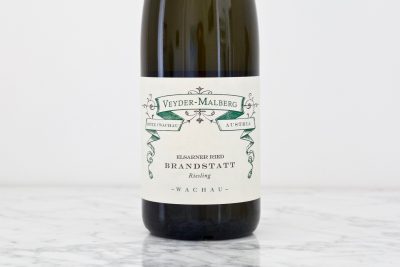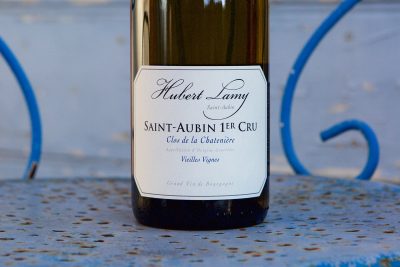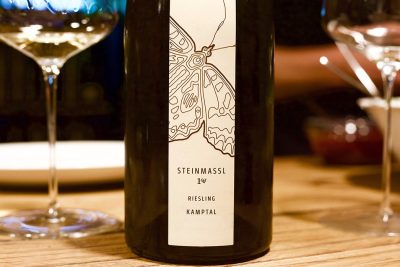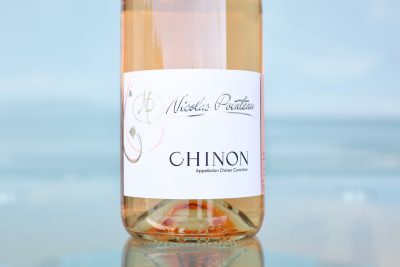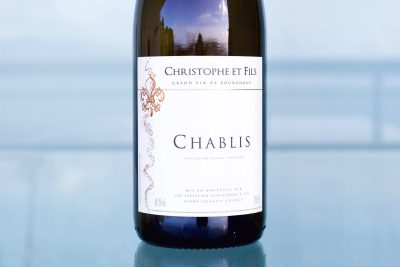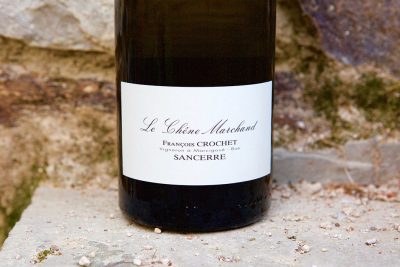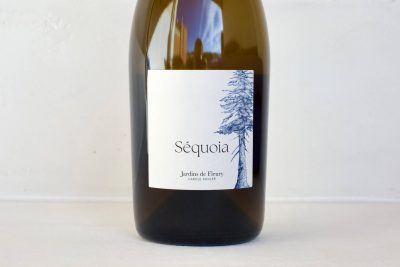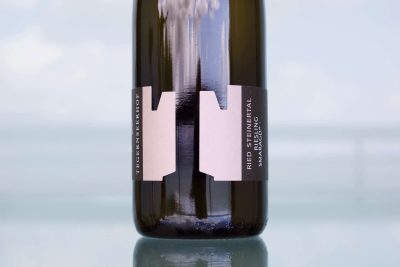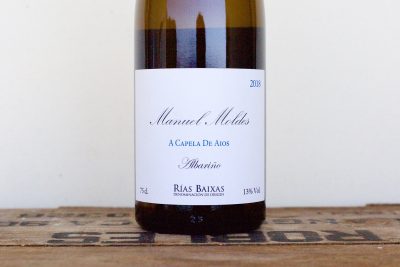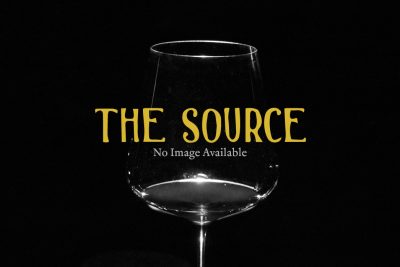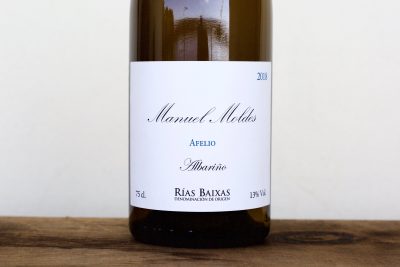About The Wine
Near Italy’s northeastern historic city, Venice, Friuli-Venezia Giulia borders Austria and Slovenia and is greatly influenced by the Dolomite Mountains toward the north and the Adriatic Sea to the south and east. This climatic combination of mountain and sea creates a unique microclimate with great temperature variations that enhances its wine’s aromatic components, imparting greater lift, freshness, and salinity. Purely composed of limestone, the Dolomites supply the parent material of calcareous alluvium and clay in Tuo’s vineyards with a plentiful supply of needed micronutrients for natural vineyard health.
Guided by the eco-friendly principles of biodiversity, neither herbicides nor pesticides are used in the vineyards. This allows wild grasses, herbs, flowers, and insects to freely live and support the overall internal ecosystem of the vineyard. The grape harvest is all made by hand usually within the first ten days of September. There are two phases in which the grapes are picked (a common practice with many grape varieties, most notably, Chenin Blanc, from the Loire Valley, and Rieslings in Germany and Austria), with the earlier harvest of grapes to maintain high acidity, freshness and more bright floral and tense fruit characteristics, and the second, usually one week or ten days later, to capture more evolved and complex aromas.
Prior to vinification, the grapes are destemmed and undergo pre-fermentation maceration that may last between twelve and twenty-four hours (depending on the vintage) to gently extract aroma and color from Pinot Grigio’s naturally greyish pink and aromatic skins, which imparts a slight amber hue to the finished wine. The grapes are softly pressed and the juice fermented at controlled temperatures to insure a balance of fruit and savory characteristics. The maturation of the wine is made in steel tanks on the fine lees for at least six months with occasional bâtonnage—lees stirring. Bottled in the early spring following the harvest, Tuo is completely dry and the addition of sulphites never exceeds 70mg/L (70ppm), which is half of the European Union’s legal limit allowed for organically certified white wines.


